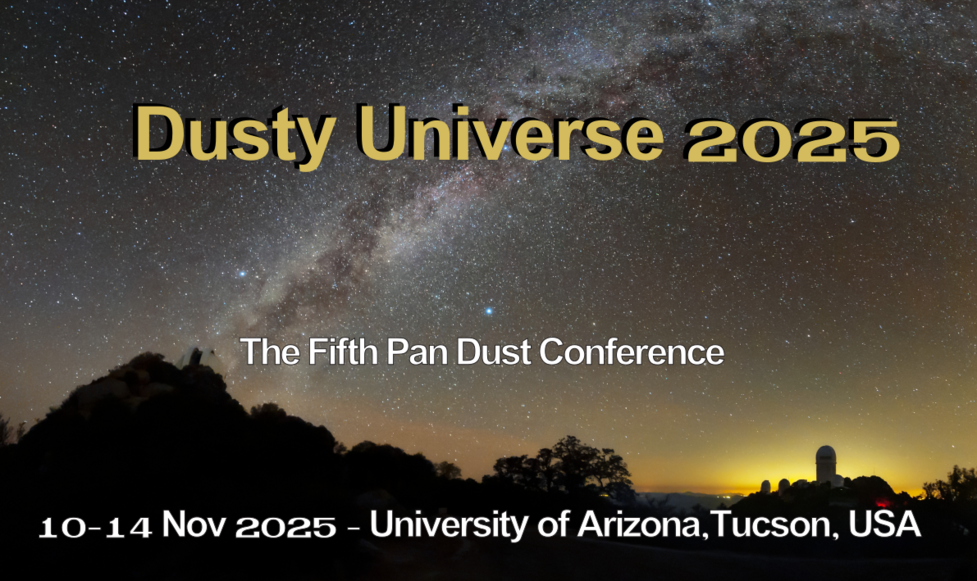Dust particles in planet-forming disks, such as protoplanetary disks and debris disks, are not only the fundamental building blocks of planets but also serve as powerful tracers of disk structure and evolution. High-spatial-resolution observations are now available across a wide wavelength range: optical and near-infrared with ground-based facilities, near- to mid-infrared with JWST, and (sub)millimeter with ALMA. These multiwavelength observations have revolutionized our understanding of how dust evolves within disks and, consequently, how planetary systems form. The latest high-resolution images even capture planets embedded in the disks, leaving no doubt that planets originate within these disks. Yet, the detailed pathways from micron-sized dust grains to planetary bodies remain largely elusive, making the combination of dust continuum observations and radiative transfer modeling particularly important approach to answer the mystery.
In this overview talk, I will present how multiwavelength observations and modeling have advanced our picture of dust particles in planet-forming disks, from the early Hubble Space Telescope era to the latest ground- and space-based facilities, particularly VLT, ALMA, and JWST. I will highlight key developments in radiative transfer modeling that connect observations to dust properties and disk physics, and I will conclude by discussing the remaining open questions and future prospects.

 PDF version
PDF version
